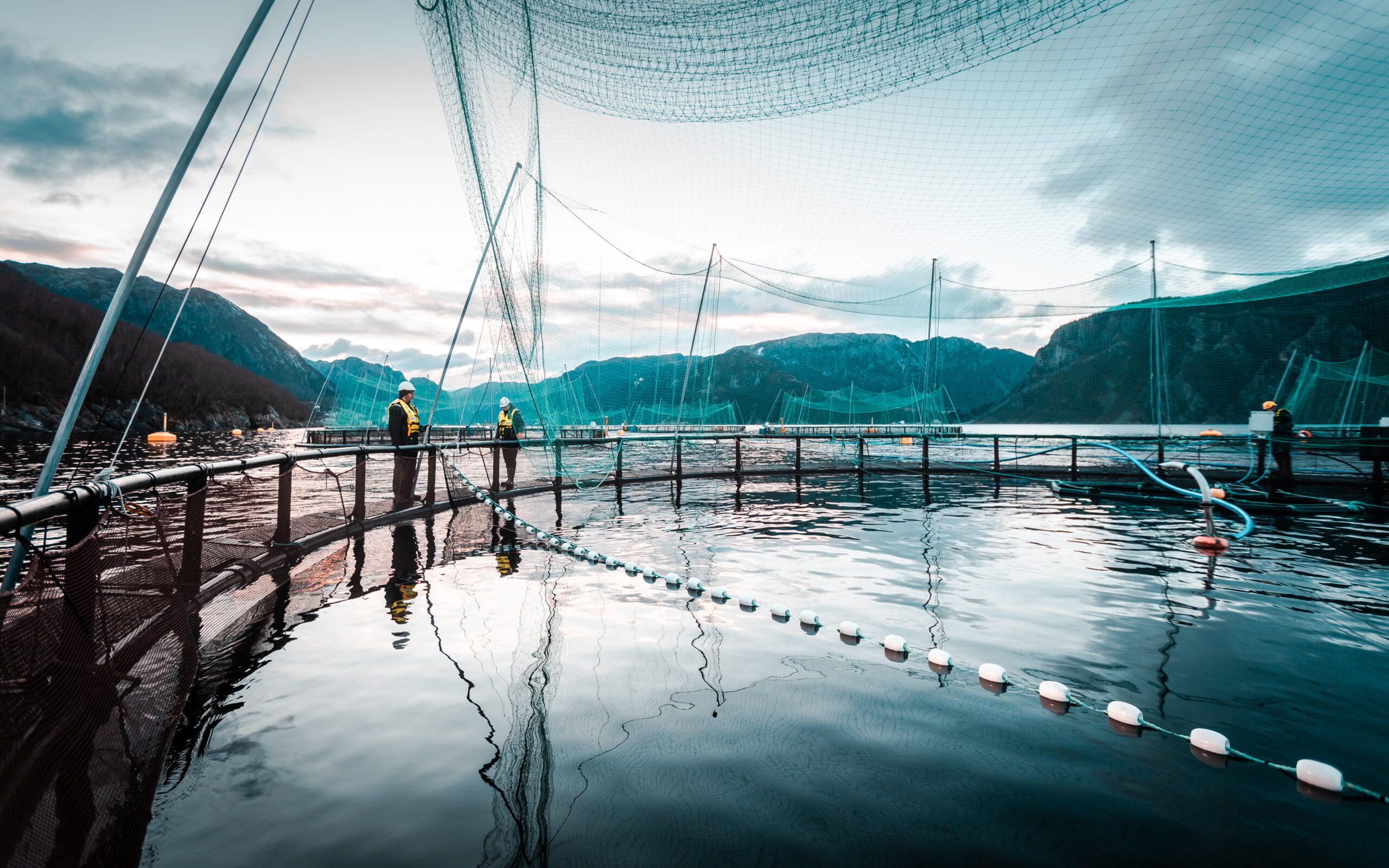
Welcome to Cargill Aqua Nutrition’s (CQN) fifteenth annual sustainability report—our seventh including warmwater feeds. Our disclosure commitment started back in 2009, when EWOS published its first sustainability report.
Since then, we have used this document to share our environmental and social sustainability performance, as well as our goals for continued progress. Cargill believes in the need for safe and sustainable seafood. Through this report, we invite stakeholders to hold us accountable for achieving progress against that vision.
We report annually on a calendar-year basis. The data in this report cover our sustainability performance from 1 January 2023 to 31 December 2023. The last published report covered 1 January 2022 to 31 December 2022.
The data presented in this report demonstrate our performance on the key indicators that are material to our business, with clarity on our reporting boundaries, calculation assumptions, and context where needed. In many cases, we report on performance relative to 2017 as a baseline, aligning with Cargill corporate ESG reporting.
Cargill produces aquaculture feeds at 34 facilities. Of these, 16 are primarily livestock feed or premix production sites, and their combined aquafeed output has historically accounted for less than 5% of our total annual aquafeed production. For this reason, these multi-use facilities have previously been excluded from the scope of our annual reporting. We continue this approach in 2023, reporting on our mills solely dedicated to aquafeed production, and only those that were in operation for the full calendar year. This totals 18 mills across 12 countries.
Throughout this report, we reference coldwater and warmwater mills. Coldwater mills produce feed for salmonid species. Warmwater mills serve shrimp, tilapia, and other species. See page 6 for the categorization of each of our 18 aquafeed mills.
We use broadly known, transparent reporting standards, reporting with reference to The Global Reporting Initiative (GRI) Standards. A dashboard structure, located in the Appendix, streamlines our presentation. GRI has recently published GRI 13, reporting standards specific to the agriculture, aquaculture and fishing sectors. CQN is considering how to align with these requirements going forward, but we continue to use GRI Universal Standard 2021 and CQN-specific reporting disclosures as a guide for all data families.
Cargill reports externally on material topics through our annual ESG report. These reports, our supply chain grievance dashboards, and other public information can be found on our Reporting Hub.





